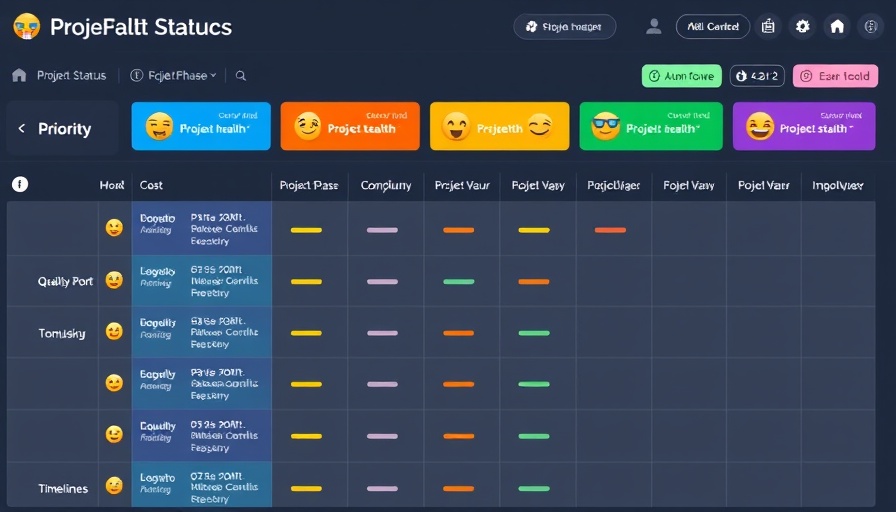
Unlocking Hidden Demand: The Case for Lower Price Floors
In the intricate world of digital advertising, the balance between supply and demand often blurs behind layers of pricing strategies. James Deaker, known as The Yield Doctor, urges publishers and business owners to evaluate their approach to price floors – suggesting an unconventional method of starting with lower thresholds to unveil hidden demand. While it may feel safe to set high price floors, this strategy might inadvertently mask a broader range of potential bidders ready to engage at lower levels.
Exploring the Risks of High Price Floors
Many publishers fall victim to a common misconception that higher price floors ensure better profitability. In reality, this approach limits exposure to buyers willing to bid even modest amounts. As Deaker explains, starting with lower floors provides a clearer view of the demand curve, ultimately leading to better insights on bidder preferences and inventory valuing. This strategic decision is crucial, especially in a first-price auction landscape where exploratory bidding is often stifled by the fear of an unforgiving financial commitment.
The Art of Strategic Testing: Temporary vs. Permanent Solutions
Deaker advocates for a testing approach: temporarily lowering price floors and closely analyzing bidder behavior can lead to more informed decisions. However, it’s a double-edged sword; if publishers linger at lower floors for too long, they risk buyer anchoring. This phenomenon can cause buyers to perceive their inventory as less valuable over time. Temporary testing allows publishers to calibrate their strategies effectively while avoiding the pitfalls of permanent price reductions.
What To Expect in Bid Dynamics
Understanding how to navigate price floors significantly impacts not only yield but also the broader landscape of demand generation. By adopting a flexible pricing strategy, business owners in the $2M-$10M revenue bracket can not only reveal untapped resources but also enhance their customer acquisition strategies. Feeding this demand with precise marketing initiatives promises a stronger bid environment where value perception flourishes.
Final Thoughts: The Future of Pricing Strategy
In conclusion, the key takeaway from Deaker’s insights is this: moving away from rigid pricing strategies towards a flexible approach can yield surprising results. Business owners should embrace the idea of periodic evaluations and market testing to pivot effectively and maximize revenue potential. Everyone's advertising capabilities can improve, transforming hidden demand into vibrant bidding activity, if they’re willing to adjust their floors carefully and strategically.
If you’ve ever wondered if your current pricing strategy is leaving potential revenue untapped, it’s time to conduct some tests. Take the insights shared by The Yield Doctor and rethink your approach to pricing floors. Exploring innovative tactics could lead to revelatory successes in your business!
 Add Row
Add Row  Add
Add 



Write A Comment